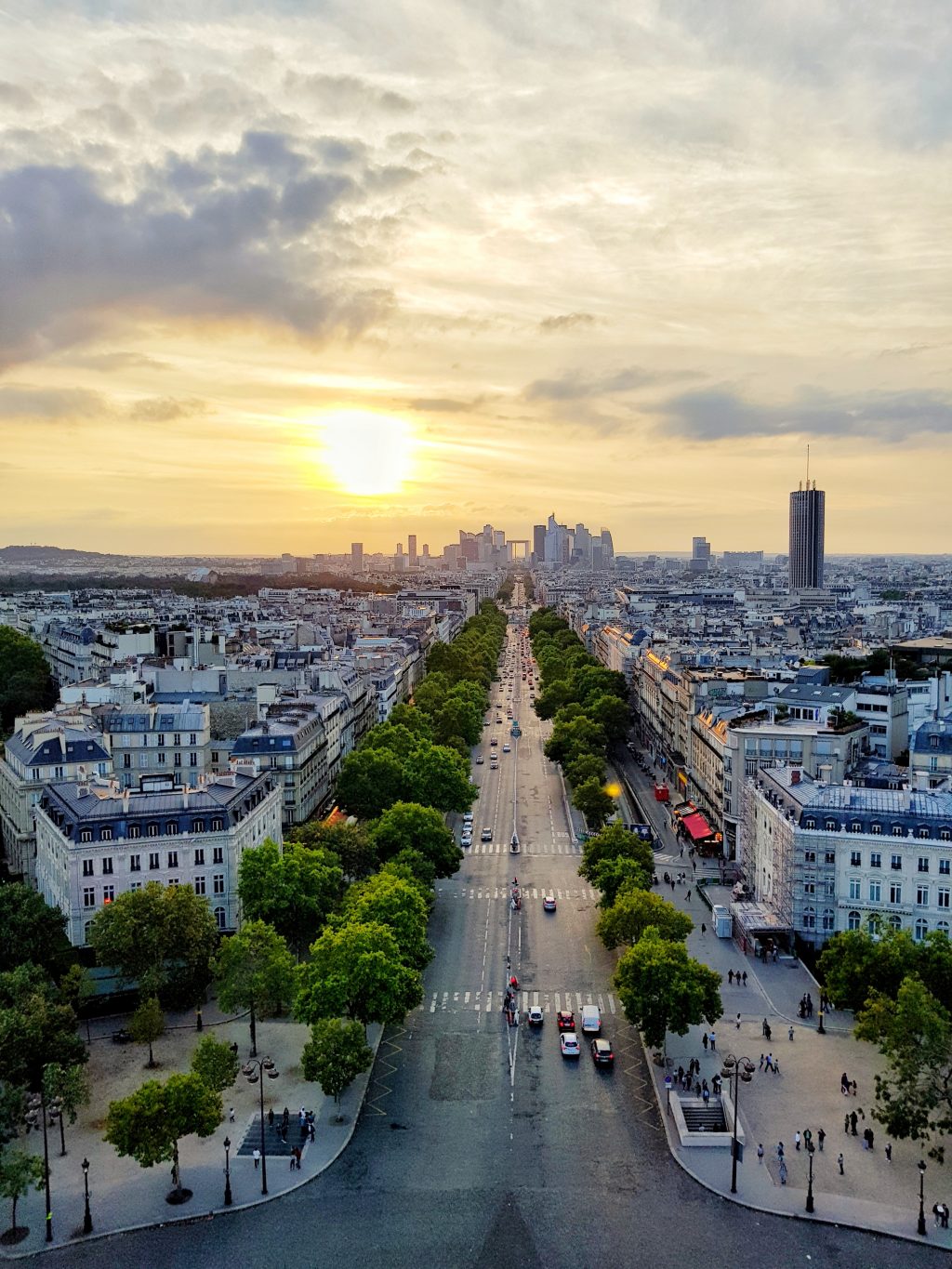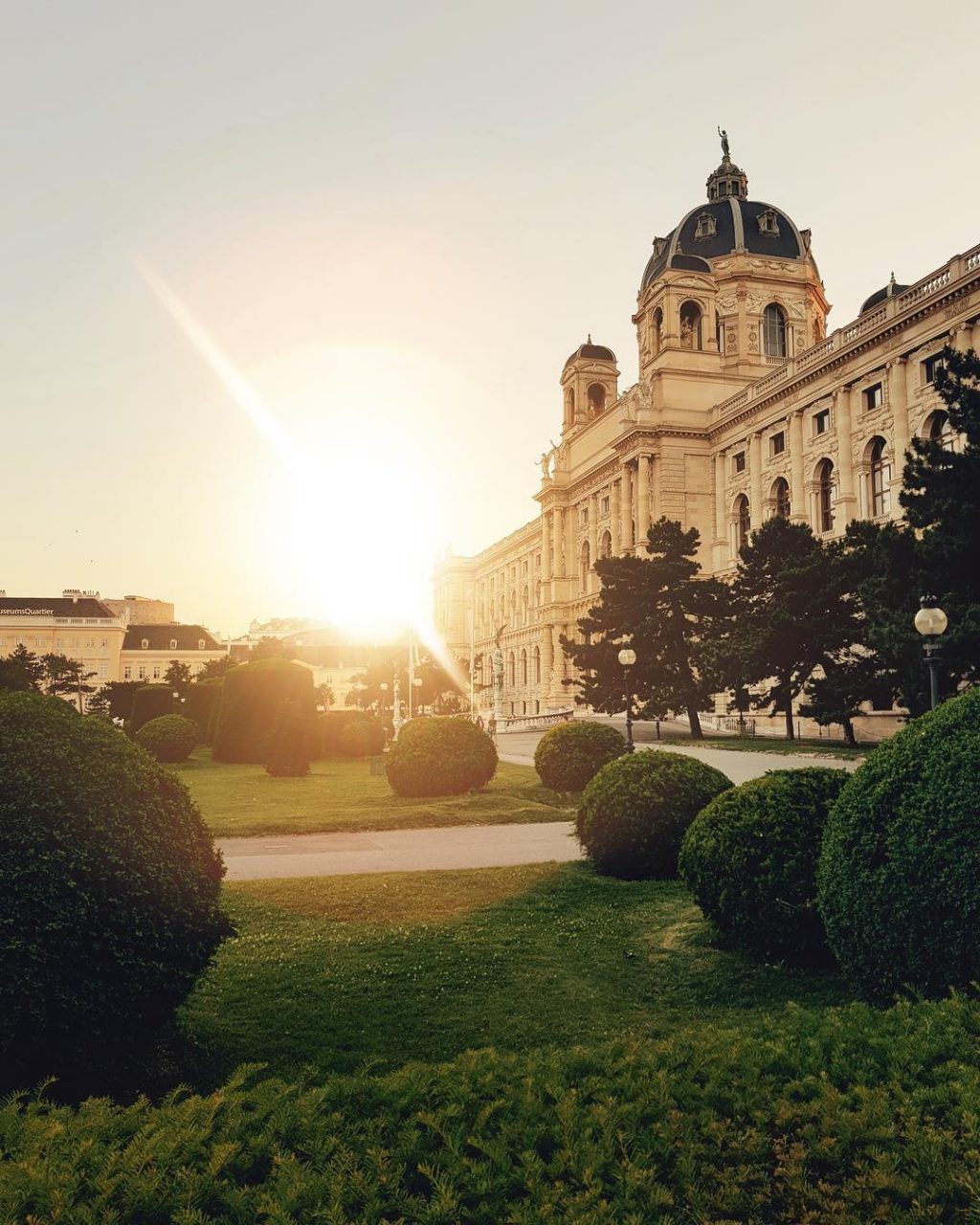Last Updated on August 27, 2017 by gregor
A common dream which most people share is their ability to travel. Fortunately, we live during a time, in which it’s easy to pass through most borders and the transport network over the globe is developed enough, to be able to go at a certain location in a matter of hours. Of course, these tours and vacations create the environment for experiencing important moments, moments which could be captured through photography.
In reality, most people are simply bad at making good photos. The good news is that all of us now possess an incredibly strong pocket camera, as a part of our smartphone. What most people lack is a simple understanding of photography, thus we want to give you a few essential tips to improve the quality of the photos you take. The following tips will make your average photos to something completely different in almost no time.
An Essential Photography Principle
The idea of a photo is to capture a moment and all of the properties that come with it – atmosphere, feelings and so on. Unfortunately, making a good composition is not something that comes intuitively to people, as adding or missing a single element could tell two completely different stories. If you’re focusing on the horizon and putting it in the middle of the photo, it could create an “awkward” unbalanced photo which might confuse the viewer of whether to look to the ground or the sky or what the main focus of the picture is. Thus learning the rules of the composition principles would significantly improve the quality in your photography.
An essential rule is “The Rule of Thirds”. Imagine that the photo is split into a 3×3 grid. When you’re capturing a moment, think of all the four square boxes that consist of an edge and the middle of the grid, those four boxes represent a third of the whole capture. Try to place the object in one of those squares. This is probably the most important among all tips we’re providing.
Take Your Time
When you travel, you most likely spend a lot of time trying to understand and learn the cultural difference, the significance of museum art pieces and etc.
On another side, the first cell phones, equipped with cameras, only had the option of taking photos extremely fast, making the shot easy to take, but reducing its quality by quite a lot. The modern day smartphones have premium quality cameras and possess all the features necessary to take a nice crisp and clear photo, there are no excuses for poor photography.
Take an extra moment and figure out what’s wrong with your composition. Something is definitely wrong if you’re a beginner. Make the proper adjustments and make sure to include anything that might pose to be of interest. Think about the angle you’re shooting from and where the light falls, also adjust the lightning if necessary and only then forge the moment onto the physical hard drive of the phone.
Avoid Using Flash
The cameras in the smartphones might be exceptional compared to its predecessors; however, the flash that comes with them is simply bad. It could create random shadows and highlights; it could show random reflections and affect the color of the whole image. The only reason you could have to be using a flash would be the inability to otherwise take the photo, e.g. being on the beach at night.
Always try to utilize the natural light as you could send it to your needs and use it to your advantage. Even the artificial light from lamps and other light bodies is much better and will enable you to do a much better job. You wouldn’t travel with a cart if you have the option to travel with a limousine, would you? The same principle applies here.
Measure Proper Distance
Another disadvantage of smartphone cameras is that their zoom isn’t an optical. Once you zoom with a camera, a lot of noise and distortion affect the photo. Surely, it could be edited and cropped out afterwards, but honestly, would you really want to spend the time doing that? What you could do is get closer to your subject. We suggest that you practice it on small objects such as flowers or leaves even. You’ll understand the difference in the quality of the photos by yourself. Another alternative is to get a zoom lens for your smartphone that also comes with its advantages.
Take Advantage of the Features of Your Camera App
Let’s actually take a second. First of all, you should not be using the built-in photography application on your smartphone. Not ioS or Android applications are as good as the third party ones and that’s no wonder. Third party developers explicitly focus on the quality of their product, which is only the camera app. They come with more features and settings. Apps like Camera+ or Manual are among the leaders of the market, and indeed, they cost a few bucks but will make it worth your while.
With that in mind, take your time to review all possibilities that the application provides to improve your photography skills. Things, like tweaking the aspect ratio, adjusting aperture or even splitting the screen into grids, to help you visualize “The Rule of Thirds” better will make your photos look great. Many of these apps are in fact complicated to understand at first, but spending some time watching tutorials on YouTube or reading the instructions that come with them, would enhance the quality of your travel photos by a large margin.
These photography tips will make a significant difference when you’re capturing favorite things, people and moments the next time you travel. Make sure that you’ve understood them in depth and do look for other sources of information if something appears to be unclear. We hope to have provided you with the necessary information.
Read more about Travel and Photography
Ultimate Travel Photography Tips – to get your best vacation photos
Ultimate TOP 50 Photography and Instagram locations in Vienna
Best 5 tips for starting film photography
Instagram – Your picture perfect secrets 2017
Trey Ratcliff – Inspirations from the Vienna Photo Walk


